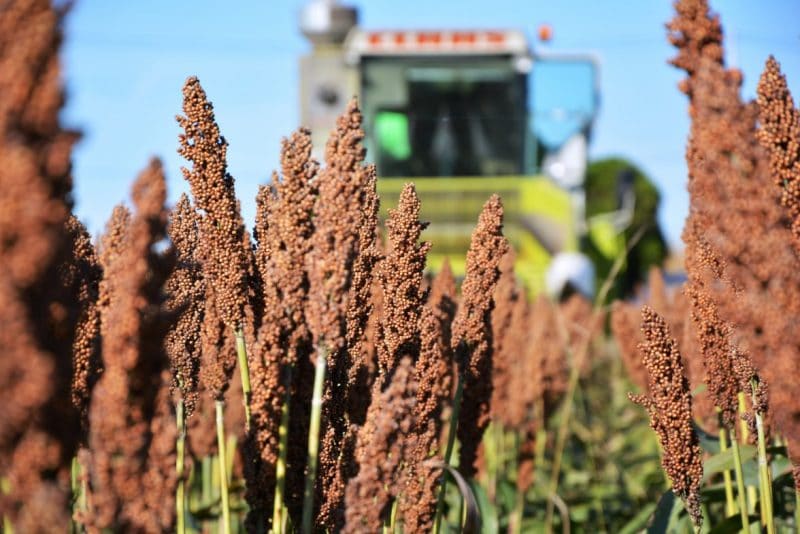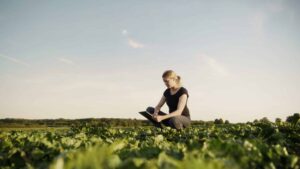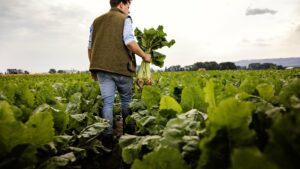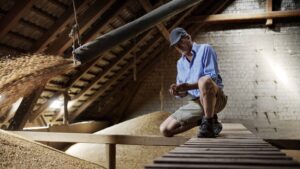Climate change and the resulting weather extremes pose enormous challenges, in particular for agriculture — after all, plants are especially hard hit: In addition to having to deal with spreading diseases and pests, they also have to cope with increasing water scarcity on the one hand and heavy rainfall on the other. These challenges have shifted the focus in Europe to crop plants not originally native to our regions — plants that are robust and adaptable and can deliver stable yields even under stress conditions. Sorghum bicolor is one example of such a crop plant.
In terms of cultivated land, sorghum is the fifth most-grown cereal in the world. This type of millet is particularly widespread in the Sahara region. In contrast, hardly anyone in Europe is familiar with sorghum; and in many other parts of the world, the cereal is still a long way from realizing its enormous potential. And sorghum does have potential: The cereal is particularly efficient at using water and nutrients and requires little in the way of pesticides — especially valuable properties in times of climate change and in the face of toughening political regulations. For these reasons, KWS sees great potential in the niche crop sorghum and is now also offering a broad portfolio of varieties for locations in Europe.
Smart. Smarter. Sorghum!
When subjected to drought stress, sorghum reacts only very late with yield losses, for example. Although individual plants do demonstrate wilting and reduced stomatal conductance, they can, unlike other crop plants, regenerate after rainfall and then continue to grow. In addition, sorghum develops a fine, dense root system that can penetrate more than 180 centimeters deep into soil, thereby helping to improve nutrient and water absorption. This means that once sorghum has survived the critical phases of sprouting and shortly before flowering, it requires little water and it can store water exceptionally well. Sorghum’s deep root system and solid biomass also contribute to improved soil health.
The plant has very modest demands not only during sowing and vegetation, but also harvesting, and it succeeds just as easily as conventional crops already established in Europe. No additional investments in special farming technology have to be made to grow sorghum. Within short crop rotations, sorghum demonstrates how it’s a perfect barrier plant. It forms prussic acid, making it resistant to pests such as the western corn rootworm. Sorghum improves soil health as well: Stems that remain on the field add nutrients to soil, and the plant’s pronounced root system breaks up compaction.
In Europe so far, farmers have mainly grown the grain as fodder; in the United States, it’s used to produce ethanol. But due to changing dietary habits, sorghum is also increasingly gaining ground as an important foodstuff. Sorghum is gluten free and rich in minerals such as silica and iron. It consists of about 70 percent starch, making it an excellent source of energy.
Sorghum at KWS
KWS recognized the potential of sorghum for Europe at an early stage and launched a sorghum breeding program for energy production in 2007. Modern breeding methods enabled KWS to quickly develop varieties well adapted to locations in Europe. KWS then began to breed grain sorghum in 2014 and has been concentrating on the breeding goals of yield, disease resistance, and drought and heat tolerance. A central focus of the company’s broadly diversified portfolio is on reducing the use of pesticides, fertilizers and other agricultural resources, such as water, on fields while at the same time securing and boosting urgently needed yields.









